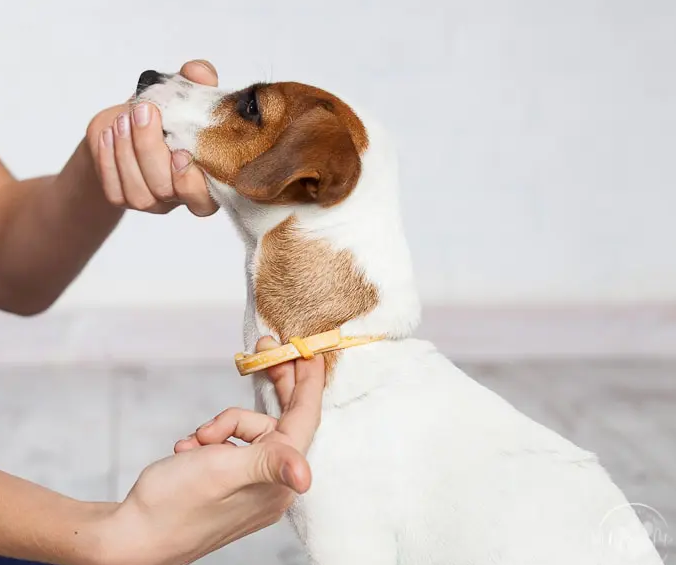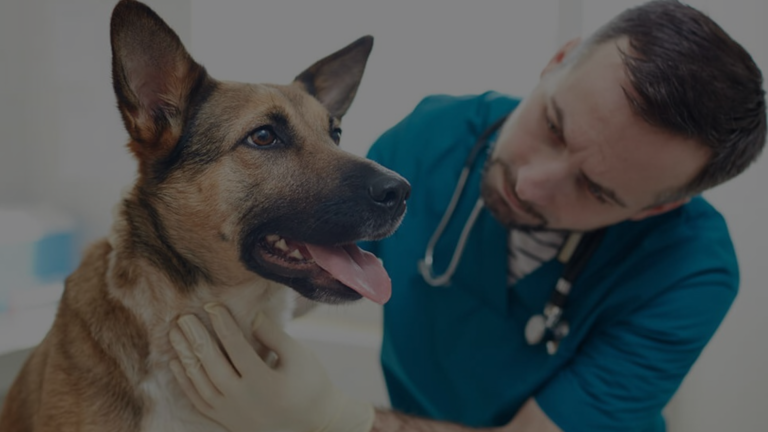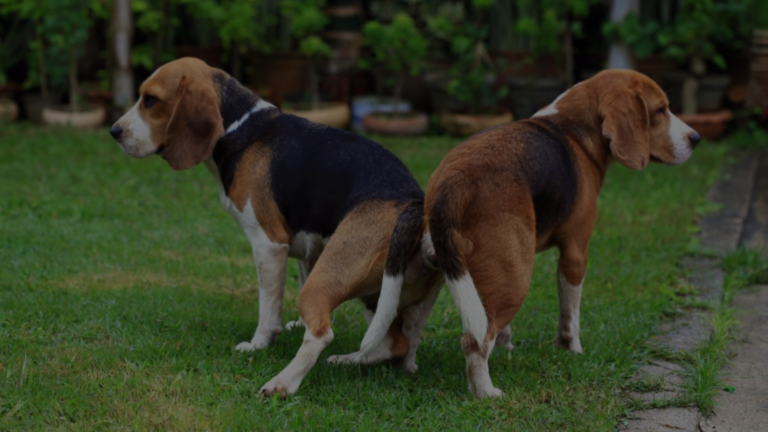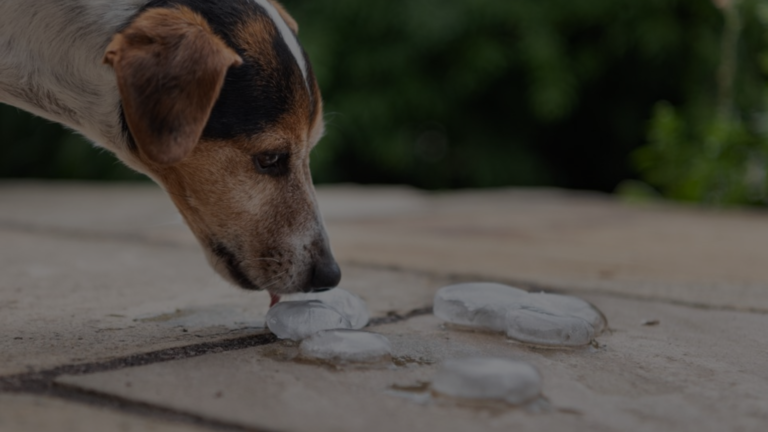Keeping your furry friend comfortable and safe during walks, playtime, and adventures is paramount. One crucial element in achieving this is ensuring their collar fits snugly but not too tight. But with the variety of collar styles and dog sizes, how do you know you’re adjusting it correctly? Fear not, awesome pet parent! This comprehensive guide will walk you through everything you need to know about adjusting your dog’s collar like a pro.
Understanding the Importance of a Properly Fitted Collar
A well-adjusted collar is more than just a fashion statement; it’s essential for your dog’s well-being and safety. Here’s why:
- Comfort: A loose collar can rub and irritate your dog’s skin, while a tight one can restrict their breathing and movement.
- Safety: A collar that’s too loose can easily slip off, allowing your dog to escape. A tight collar can pressure the trachea, causing coughing and gagging.
- Control: A properly fitted collar gives you better control during walks and training sessions.

Gathering Supplies and Understanding Your Dog’s Needs
Before diving into the adjustment process, gather these essentials:
- Your dog’s collar: Obviously!
- A measuring tape: Ensure it’s flexible and easy to handle.
- Treats: Positive reinforcement is key to making the experience enjoyable for your dog.
Now, take a moment to consider your dog’s specific needs:
- Age and size: Puppies proliferate, so adjust their collar frequently. Larger dogs require sturdier collars with different adjustment mechanisms.
- Activity level: Active dogs might need a more secure collar than couch potatoes.
- Breed and fur type: Some breeds have thicker necks or fur that requires special collar considerations.

Different Collar Types, Different Adjustment Methods
Now, let’s explore the most common collar types and how to adjust them:
Buckle Collars
These classic collars have a buckle with holes for size adjustment.
- Steps:
- Please measure your dog’s neck: Place the tape comfortably around the neck, allowing for two fingers between the collar and the skin.
- Fasten the buckle: Choose the hole that allows the two-finger rule to apply.
- Double-check: Ensure the collar isn’t too loose or too tight by gently pulling on it.
Martingale Collars
These collars tighten gently when pressure is applied, preventing escape while remaining comfortable.
- Steps:
- Measure: Similar to buckle collars, ensure the loose loop allows for two fingers under the widest part of your dog’s neck.
- Adjust the chain: The chain should create a snug fit around the narrower part of the neck when tightened.
- Test and adjust: Ensure the collar tightens comfortably without choking or restricting breathing.
Headcollars (Halters)
These collars attach around the dog’s head, providing better control during walks and training.
- Steps:
- Measure: Find the widest part of your dog’s head and the circumference behind their ears.
- Adjust the straps: Follow the manufacturer’s instructions to fit the headcollar snugly but comfortably.
- Test and observe: Ensure the headcollar doesn’t restrict your dog’s breathing or vision.

Slip Collars
These collars tighten by pulling on the loop. They’re popular for training but require responsible use.
- Steps:
- Measure: Similar to buckle collars, ensure the loose loop allows for two fingers under the widest part of your dog’s neck.
- Slip the collar on: Start with the loop loose and gently tighten it until snug.
- Careful control: Only use slip collars for short training sessions and never leave them on unsupervised.
Pro Tips for Flawless Collar Adjustment
- Regularly check the fit: Especially for growing puppies and dogs with fluctuating weights.
- Consider seasonal changes: Thicker fur in winter might require a slightly looser fit.
- Don’t rely on tags for size: Tags should hang freely from the collar, and not contribute to tightness.
- Choose the right collar type: Consider your dog’s needs and activity level.
- Seek professional help: If you’re unsure about the fit or have a specific concern, consult your veterinarian or a professional dog trainer.
Advanced Collar Adjustment Techniques and Troubleshooting
Now that you’ve mastered the fundamentals, let’s delve into some advanced techniques and tackle common collar-related challenges:
Fine-Tuning the Fit
- For active dogs: Opt for a slightly sturdier collar with secure adjustability features like double buckles or locking mechanisms.
- For brachycephalic breeds: Choose a harness instead of a collar to avoid pressure on their sensitive trachea.
- For thick-furred dogs: Consider using a wider collar to distribute pressure more evenly.
- For escape artists: Combine a regular collar with a secure martingale collar for added peace of mind.

Troubleshooting Common Collar Issues
- Slipping collar: Double-check the fit and ensure the buckle or martingale chain is tightened properly. If the problem persists, consider a different collar type or a harness.
- Pulling on walks: Use a headcollar for training while ensuring it’s adjusted and used responsibly. Address underlying pulling behavior through positive reinforcement techniques.
- Chewing on the collar: Provide your dog with plenty of chew toys and redirect their chewing behavior. Choose a collar made from chew-resistant materials like nylon or leather.
- Skin irritation: Look for signs of redness or discomfort. Switch to a hypoallergenic collar material or consult your veterinarian to rule out allergies.
Choosing the Right Collar for Your Dog’s Lifestyle
Beyond the basic buckle collar, there’s a world of diverse collar options to suit your dog’s unique needs:
- Harnesses: Ideal for puppies, dogs with sensitive necks, or those prone to pulling.
- GPS collars: Track your dog’s location and activity levels for added peace of mind.
- Reflective collars: Enhance visibility during walks and outdoor adventures.
- Training collars: Choose electronic collars responsibly and ethically, following professional guidance.
Remember: Your dog’s comfort and safety are paramount. Never leave a tight collar on your dog unsupervised, and seek professional help if you have any concerns.
Additional Resources
- https://www.akc.org/expert-advice/training/the-best-collars-and-leashes-for-puppies-and-dogs/
- https://rosypawsedinburgh.co.uk/f/best-dog-leads
- https://www.intuz.com/blog/iot-enabled-smart-dog-collar
- https://www.shopmimigreen.com/chew-proof-dog-collars-vs-chew-resistant-dog-collars/
- https://www.petmd.com/dog/care/why-flat-faced-breeds-need-dog-harnesses-instead-collars
By following these comprehensive tips and understanding your dog’s individual needs, you can ensure their collar fits perfectly, keeping them comfortable, safe, and happy during all their adventures!
FAQs about Adjusting Your Dog’s Collar
How tight should my dog’s collar be?
Your dog’s collar should be snug enough to prevent slipping but loose enough to fit two fingers comfortably between the collar and their skin. Avoid tight collars that restrict breathing or movement.
How often should I adjust my dog’s collar?
Puppies grow quickly, so adjust their collar frequently. For adult dogs, check the fit regularly, especially if they gain or lose weight or have thick fur that changes seasonally.
What type of collar is best for my dog?
The best collar depends on your dog’s size, activity level, breed, and training needs. Buckle collars are classic, martingales offer extra security, headcollars help with training, and harnesses are ideal for sensitive necks or pulling dogs.
My dog keeps slipping out of their collar. What can I do?
Double-check the fit and ensure the collar is tightened properly. Consider a different collar type like a martingale or a harness, especially for escape artists.
My dog pulls on walks, even with a collar. What should I try?
Headcollars can be helpful for training, but use them responsibly and consult a professional trainer if needed. Address the underlying pulling behavior through positive reinforcement techniques.
My dog chews on their collar. What can I do?
Provide plenty of chew toys and redirect their chewing behavior. Choose a collar made from chew-resistant materials like nylon or leather. If chewing persists, consult your veterinarian to rule out medical causes.







